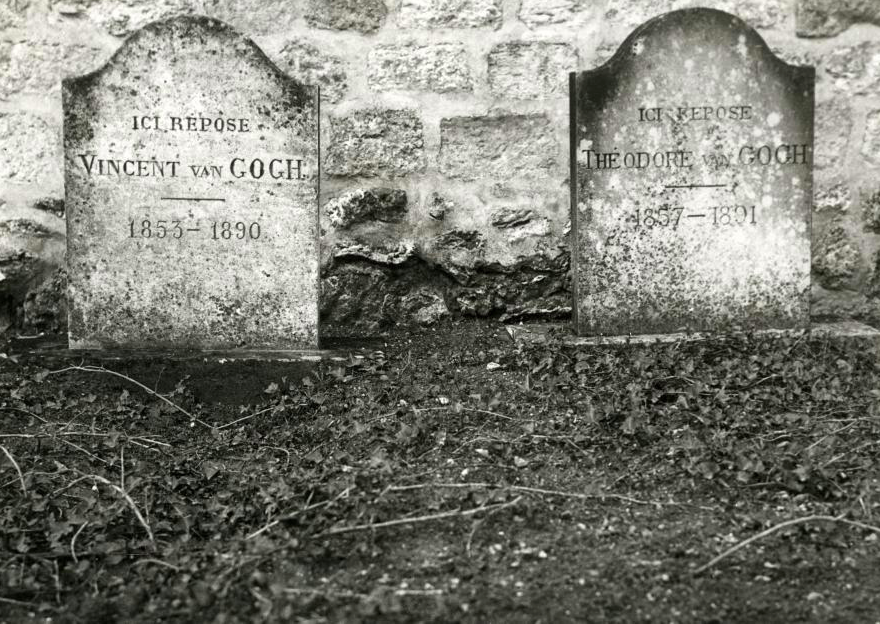I first noticed the existence of Eduardo Chillida many years ago, at the tail end of a quick weekend trip to Madrid, at an exhibition at the National Library where some of his graphic and literary work was on show. I enjoyed it so much that I bought one of his books of “Writings” – a collection of his poetic aphorisms – and sprinted all over Madrid in the last few hours before my flight trying to see as many of his sculptures as I could.
This past week a new exhibition of his sculptures just opened at the Rijksmuseum gardens and I wondered where my Chillida book was. Probably in storage in another country, I thought, but then remembered that I used to have a blog where I noted down impressions of travels and museum goings, small pleasures, favorite quotations and poems, and generally bits and pieces I may need to reference later for some reason or other. Conveniently I have a backup of that defunct blog on my laptop so I was able to retrieve a few quotes from the Chillida book:
No sera la no dimension del presente la que hace posible la vida, como la no dimension del punto hace posible la geometria?
No vi el viento vi moverse las nubes.
No vi el tiempo vi caerse las hojas.— Escritos, Eduardo Chillida
Which brings me back to this blog. How convenient it is to have an online notebook – and I concede this is a bit of nostalgia for that time when the relatively few people who had blogs were generally civilised, cultured and friendly. I’ve been cutting back on social media participation and consumption because having access to jingoist, pithy sentences, images out of context, whatever goes on in the lives of people I can barely call acquaintances, and politics being converted into simplistic slogans is not making my world a better place. It’s symptomatic that there’s such a thing as a “long read” category of articles. It’s hardly surprising that writing emails is a thing of the past. I’m bringing back something that used to give me pleasure – it was never much more than journaling but if there ever was a time to retreat into contemplation and resist to engage with the misguided, this is it.
End of parenthesis.
So, Chillida! Chillida’s steel sculptures should be outdoors. They’re not a white cube sort of display: they need rain and puddles, they need wind and rust, they need birds, they need sea water. And they should stand forever in the Rijksmuseum gardens because they belong. I’m dreaming of (and semi-seriously planning) a Basque road trip to see Chillida’s monumental sculptures in situ.

